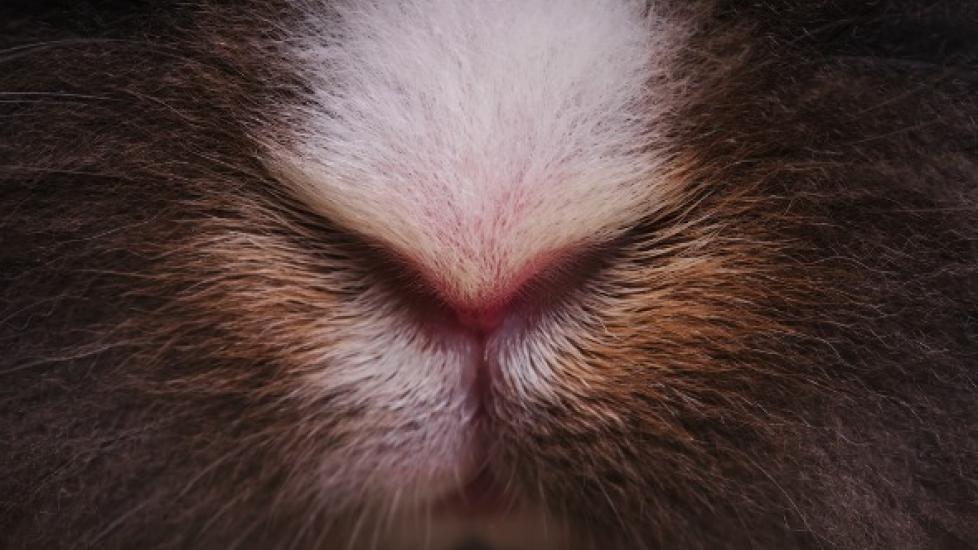Snoring and Nasal Obstruction in Rabbits
Stertor and Stridor
Did you know rabbits snore? Even occurring while they are awake, it is generally a result of blockage in the animal's airway. Typically referred to as stertor and stridor, it can also occur if nasal tissues are weak or flaccid or from excessive fluid in the passages.
Symptoms
The symptoms, signs and types of stertor and stridor depend on the underlying cause and severity of the condition. For example, an extremely stressed rabbit or a rabbit with a lowered immune system may sound excessively hoarse while breathing. Other typical signs for rabbits suffering from stertor and stridor include:
- Sneezing
- Rapid or loud wheezing sounds during breathing
- Nasal discharge (sometimes due to sinusitis or rhinitis)
- Discharge from the eyes
- Lack of appetite
- Inability to chew or swallow
- Oral abscesses (especially in the teeth)
Causes
Rabbits tend to be nasal breathers and any physical deformity or unusual nasal structure can result in a lower-pitched (stertor) or higher-pitched (stridor) sound emanating from the airway or nose.
There are, however, many other causes for stertor and stridor in rabbits. These include:
- Sinusitis and rhinitis
- Abscesses, elongated teeth or secondary bacterial infections
- Facial, nasal or other trauma affecting this region, including bites from other insects or animals
- Allergies and irritants including inhaling pollen, dust or other insects
- Tumors that lodge in the airway
- Dysfunction of the neuromuscular system, which may include hypothyroidism or diseases affecting the brainstem
- Swelling and edema in the upper respiratory system
- Inflammation of the soft palate or throat and voice box
- Anxiety or stress
Diagnosis
To diagnose the animal, a veterinarian will first determine where the sounds are originating from in the rabbit. They will then conduct various lab tests, including X-rays, which are used to explore the rabbit's nasal cavity and identify any facial abnormalities or signs of abscesses and bacterial infections, such as Pasteurella. Other procedures may include collecting cultures.
Treatment
Treatment includes providing supplemental oxygen to the rabbit, when appropriate, and providing a quite, cool and calm environment in which to live. A rabbit must also have a clear and unobstructed airway, keeping its ear and nasal cavities clean and debris-free. To combat harmful bacterial infections from developing, the veterinarian may alter the rabbit's diet to include more leafy greens.
Medications which are helpful to control bacterial sinusitis, rhinitis or other related infection include antibiotics. And while steroids may be used to reduce nasal swelling or inflammation, it can worsen bacterial infections and should only be used when absolutely necessary and under the direct care of a trained veterinarian.
Living and Management
Because stertor and stridor are often related to airway obstructions, there are many serious complications which may arise. Pulmonary edema, or fluid retention in the lungs or airway, is one such common example. It is, therefore, important to closely monitor the rabbit and bring it to the veterinarian's office for regular checkups and follow-up care during recovery.
